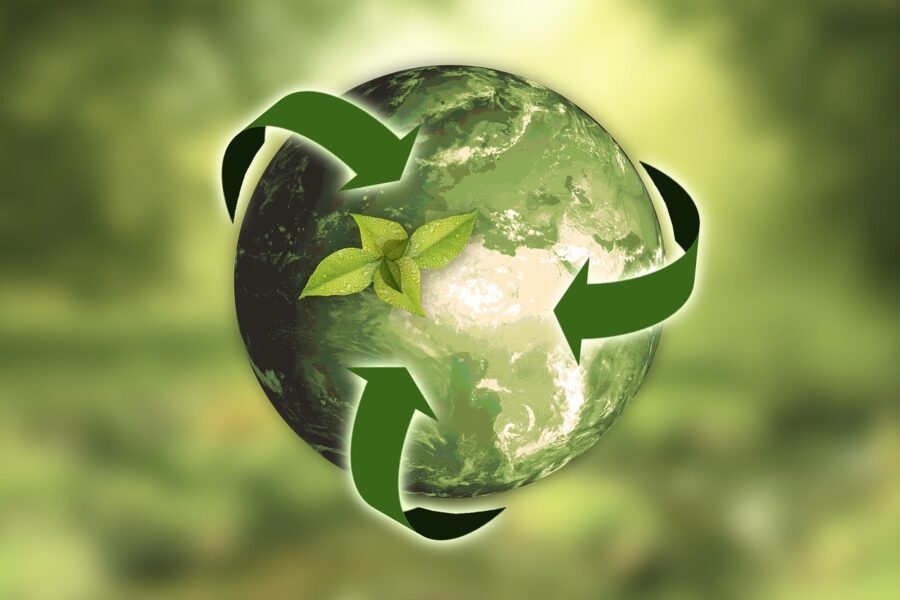The IOC plans to open ‘green hydrogen’ plants in Mathura and Panipat by 2024.
Director of research and development at IOC, SSV Ramakumar, said, “This (policy) is the single biggest enabler by the state for production of green hydrogen.”
Furthermore, he added that the new ‘green hydrogen’ policy would cut the cost of manufacturing green hydrogen by 40-50%.
The ‘green hydrogen’ policy would replace carbon-emitting units as the country goes through an energy transition.
IOC replaces ‘grey hydrogen’ with ‘green hydrogen’
On February 17, the ‘green hydrogen’ policy announced that renewable energy for green hydrogen production would get open access.
No central surcharge and zero inter-state transmission charges would apply for 25 years for projects commissioned before June 30, 2025.
SSV Ramakumar also added, “The headline cost of renewable electricity at ₹2 per kWh (or per unit) is actually the price at the generation site (say solar farm in Rajasthan or Ladakh). This becomes ₹4 to 7 per unit after adding different levies during its transit through transmission lines in different states.”
Why is IOC switching to ‘green hydrogen’?
Hydrogen is used in refineries to extract excess sulphur from petrol and diesel. Fossil fuels such as naphtha or natural gas produce hydrogen resulting in carbon emissions.
Furthermore, hydrogen is also used in steel units, oil refineries and fertilizer plants to generate finished products.
By 2030, the hydrogen demand would rise by 2.6 million tonnes compared to the current market of 1.4 million tonnes.
Moreover, Ramakumar says that IOC is exploring the manufacturing of electrolyzers. The IOC also plans to outsource the production of ‘green hydrogen’.
The policy also allows significant incentives and flexibility for ‘green hydrogen’ producers.
IOC plants ‘Green Hydrogen’ plants in India
SSV Ramakumar said, “We believe this to be an important first step to enable a hydrogen ecosystem. Making the Ministry of New and Renewable Energy single point for all permissions and approvals cut to make it simpler to operate.”
The ‘green hydrogen’ policy also encourages ammonia and ‘green hydrogen’ development in India to reach 5 million tonnes per annum by 2030.
Furthermore, the costs reduce by using polymer electrolyte membrane (PEM) electrolysis. PEM would bring down the requirement of electricity by ten units.
Moreover, the country aims for 15 gigawatts (GW) of electrolyzer-making capacity. India is also considering production-linked incentives to increase local manufacturing.
Lastly,
The IOC plans to open a 40 MW electrolyzer at Mathura refinery and a 15 MV unit at the Panipat unit in Haryana.
Furthermore, IOC aims to produce 70,000 tonnes per annum of green hydrogen by 2030.
Also Read – ATF fuel price raised by 5.2% leading to expensive air travel

1 Comment